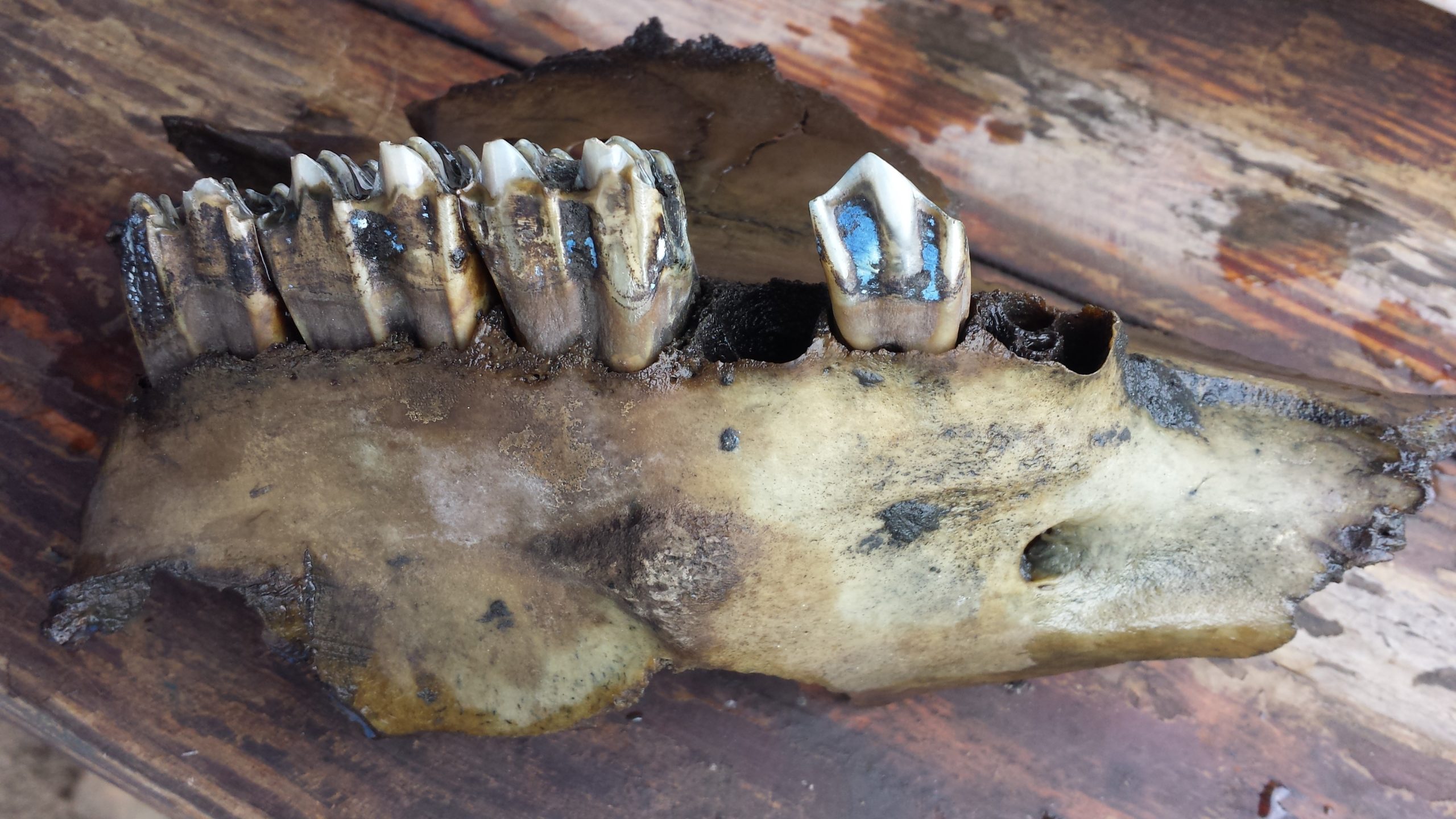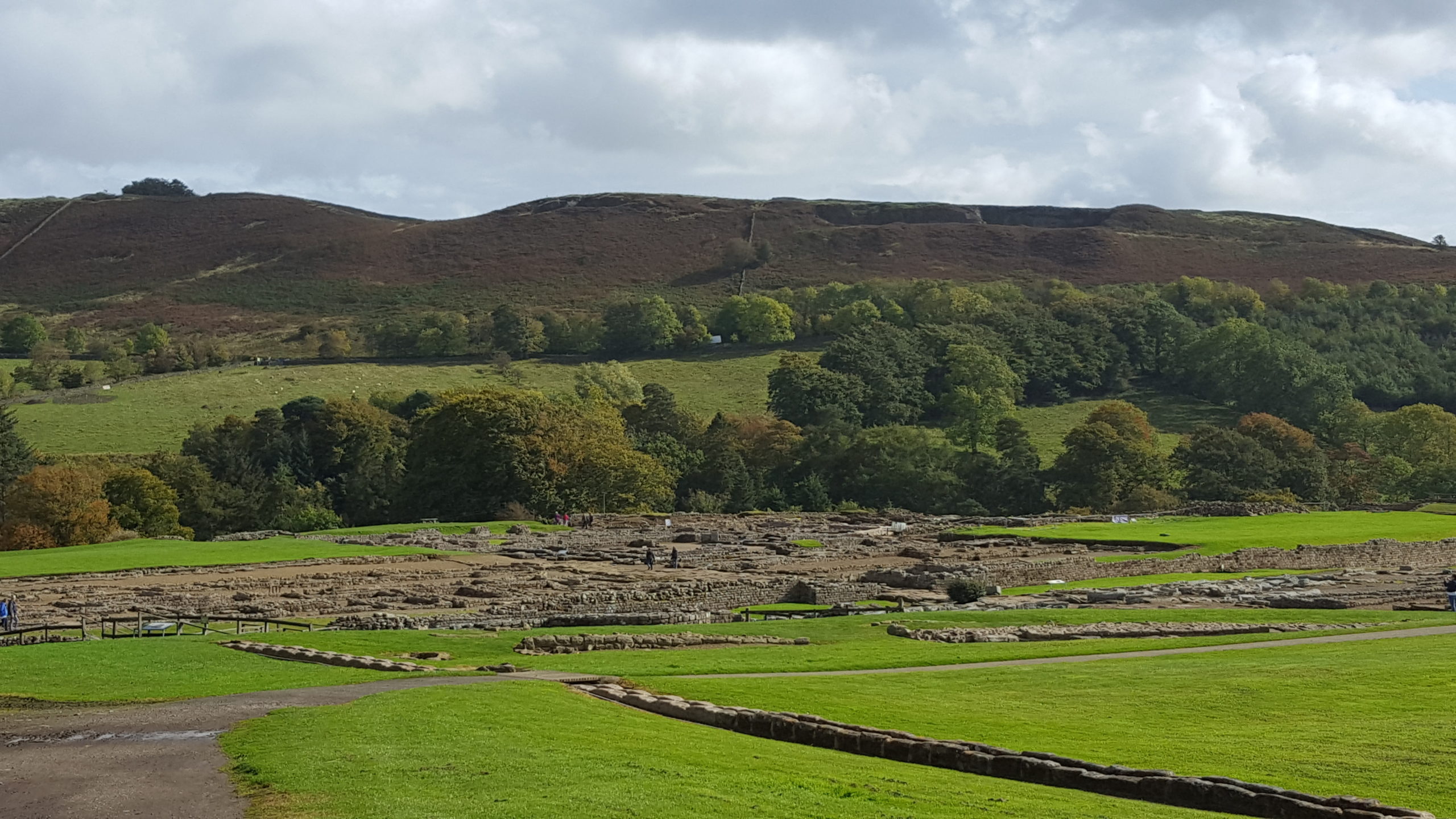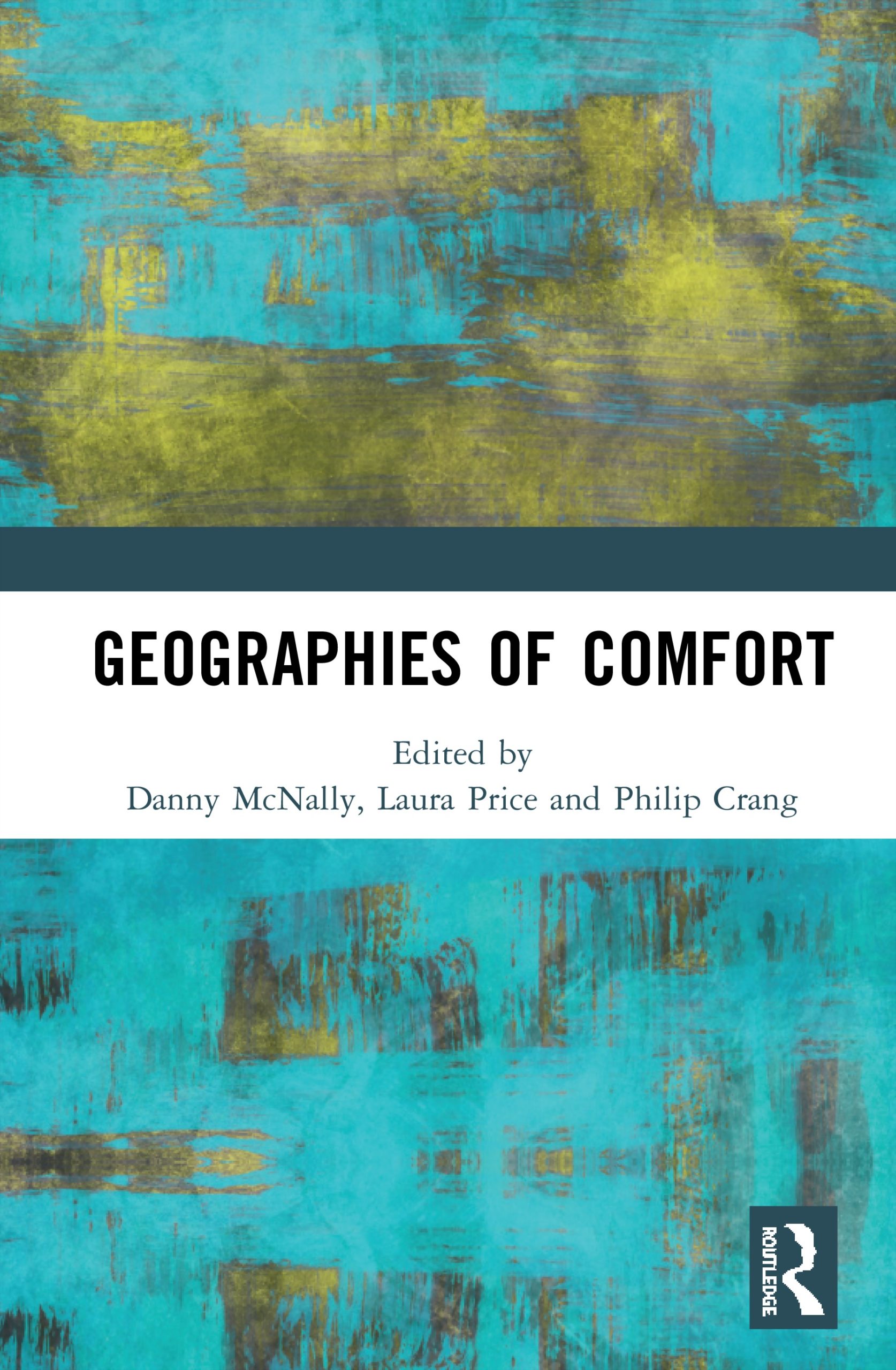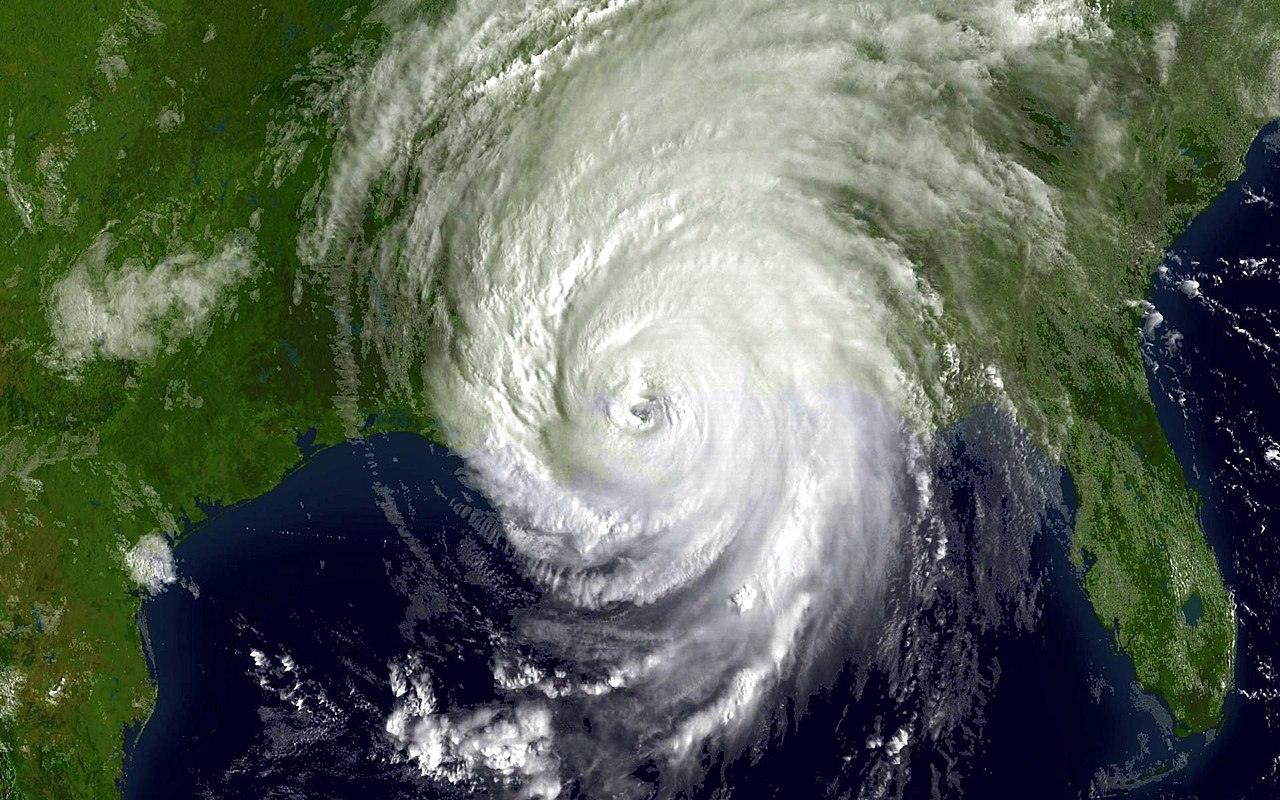PhD Raquel Chun shares reflection from her field work:
“Now in 2021, data collection is starting up again but with extra careful planning and adhering to strict protocols to ensure both myself and my farmers are safe. I have been out in 5 farms already doing soil collecting and conducting 4 interviews. My farmers are happy to see me again but they are also very concerned about Covid-19. All of our lives are different from the last time we spoke in 2019.
Reminiscence
As I progress- albeit a bit slowly – on data analysis, the memories of my adventures during fieldwork come back with surprising clarity. In 2019, I trudged barefoot across a river, tripped over farm debri, drove – slipping and sliding in my 2-wheel drive, sturdy little SUV- over muddy roads and partook in simple, local meals over a period of 6 months in southern Belize.
First of all, my project under the Global Challenges Research Fund Centre for Doctoral Training at Durham University and co-supervised by Dr Lisa Baldini at Teesside University is to research the impact of climate change in the decision making of indigenous Maya farmers in three villages in southern Belize. This involves monitoring changes in weather and climate utilizing weather station and historical data, conducting ethnographic interviews with Maya farmers as well as soil monitoring and crop yield measurements. My research seeks to offset the lack of information on the impact of climate change on smallholder farmers by studying the impact of changing weather patterns on the decision making of Belizean Maya farmers in the Toledo District over the long and short term.
My first year of data collection in 2019 started with a metaphorical bang. Initially, I was arranging meetings with the local leaders of three Maya communities as per cultural protocol in order to introduce the project and find farmers who were willing to participate. The community leaders of the first community I approached were very eager for their farmers to participate in my study so I was off like a shot, arranging meetings with interested farmers and planning farm visits to start soil sampling with the knowledge I had gathered since I had begun my studies in February 2019. The data collection was a challenging yet fulfilling journey that yielded new friendships and knowledge.
As I started this journey, I was unaware of how much it would truly impact my life and help me learn more about the lives of smallholder Maya farmers. Although I am an indigenous Maya woman, I grew up in a more urban setting, 3 miles from the capital city of Belmopan. Therefore, as I went along my fieldwork visits, I learnt about local beliefs surrounding farming as well as the struggles these families go through as they make their living. It made me gain more perspective on the issue of climate change and how it affects the livelihoods of the most vulnerable people. I have been welcomed with open arms and a lot of curiosity due to the fact that I am a Mopan Maya female studying for a PhD in the field of agriculture and climate change which is mostly foreign to them as well. This dynamic has made for some interesting conversations with farmers’ and their families.
At the end of 2019, I had two data collection rounds doing soil sampling of farms, conducting interviews with farmers and taking crop yield measurements after harvest.
COVID19 Pandemic – impact on my work
Well we all know what happened in 2020 with a global pandemic almost bringing the world to a standstill. This, of course, included my fieldwork which was both a blessing and a curse. In April of 2020, I became the mom of a bright-eyed, curious baby boy. Motherhood itself has been a whole other journey. Due to the COVID 19 pandemic, there was no soil sampling. There was no conversations with farmers especially with Covid19 cases rising steadily in the country. The entire world had changed and we needed to figure out how to live in it. Luckily, I was able to return to my country before the pandemic caused lockdowns and before my baby was born. ”









